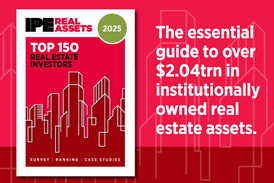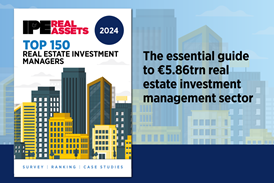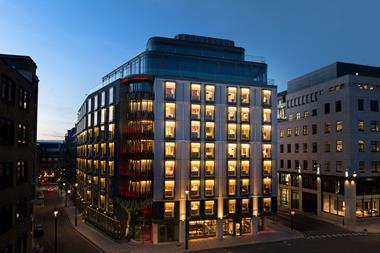In addressing their ESG objectives, real estate companies have so far focused mostly on the environmental side, but there are signs that this is changing, writes Sarah Coughlan, associate director at ESG consultancy Evora Global.

As a social specialist within an ESG consultancy firm, the question I am most frequently asked is: ‘What exactly is S?’ It’s not an altogether unfair question.
So, let’s start there – what exactly is ‘S’? Social is tied up with concepts like social impact, social value and social investing. To that, I would add human health, wellbeing, and social cohesion as the fundamental concepts that underpin social. The social component of a real estate ESG strategy aims to address the impact that the building has on those that live and work in the building and those that live and work around it. Social is a holistic discipline looking at how a building impacts on the physical, mental and social wellbeing of those in and around the asset.
As real estate has embraced all things environmental, social has to date been a bit of a Cinderella story, with only the really mature players taking it seriously. There are signs, however, that things are changing. There are a number of legislative changes that point towards an increased focus on social. Within the European Union, the bloc has recently brought in the Corporate Sustainability Reporting Directive (CSRD).
CSRD will affect 50,000 businesses working in Europe and require reporting on a number of key social issues including human rights, social standards and work ethics. Reporting will begin in 2024.
Likewise, the much mooted EU Social Taxonomy may currently be on pause but the key issue cited for this, namely the lack of viable benchmarks, will be directly addressed once the CSRD reporting cycle gets underway in earnest next year. What will follow from there remains to be seen.
Meanwhile, in the UK, the Social Value Act has been in place for more than 10 years, and although it only directly requires reporting against the 2020 Social Value Model for public contracts, introduced in 2021, the clear guidance has meant ambitious real estate businesses have been able to frame their approaches to social around it.
If the legislation listed above is the stick, then let’s move on to the carrot now. Social improvements are currently a hugely unexploited area for adding value to an asset. Unlike environmental standards which are heavily regulated and ‘costed in’, socially-centric adjustments are a potential value add. When thinking about environmental improvements, asset managers are typically looking to prevent an asset from becoming unsaleable or stranded due to poor sustainability performance.
Meanwhile, an MIT report from 2020 found that commercial properties with healthy building certifications (for example Fitwel, WELL or LEED) garnered rental premiums of 4.4-7.7% per square foot over their non-certified peers. It also showed that nearly one in two building owners (46%) reported leasing their healthy building spaces more quickly than their conventional properties. There is serious value in focusing on social.
This leads us to the question I’m asked next most frequently: ‘How do I measure my social performance?’ Part of the answer is touched on in the above – the health and wellbeing certifications like Fitwel, WELL and LEED are a great way to certify performance at asset level and ensure that the building is meeting excellent health and wellbeing standards for those in and around it. For the broader social side, there are a number of nationally and internationally recognised social measurement frameworks that can be used as a starting point (the UN Sustainable Development Goals, the GRESB social survey, the World Green Building Council’s Health and Wellbeing framework, among others).
In general, you should be asking yourself three main questions: what are the corporate priorities? What are our investors’ priorities? And what are the priorities and needs at a local level? Thinking about the local component is very important because social metrics are about doing what is right for specific people in specific places, the metrics will and should vary from place to place.
There are, however, many common KPIs in successful social measurement frameworks: high quality jobs, excellent training and education opportunities and strong local procurement partnerships. Likewise, standards should require evidence for certification against them – the market will not tolerate businesses marking their own homework.
As the industry moves towards more social reporting in 2024 and beyond, it is vital to build competency in reporting on all things social.
Sarah Coughlan is associate director at ESG consultancy Evora Global and Fellow of the Institute of Corporate Responsibility and Sustainability





















